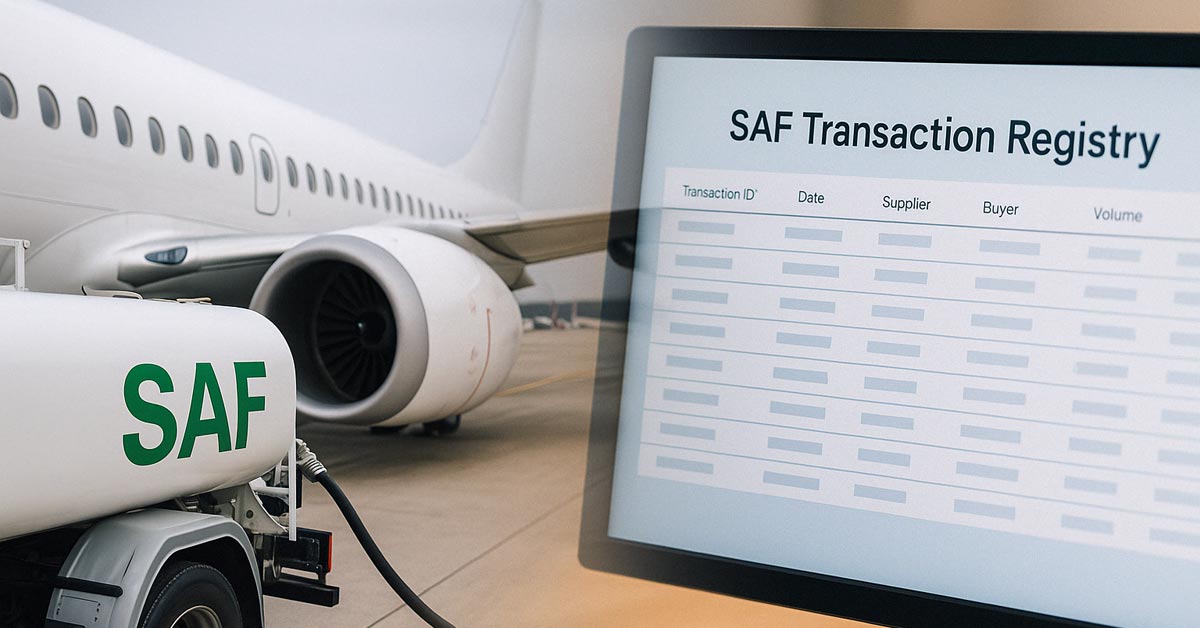2 min read
Microsoft, CO280 Sign Landmark CO2 Deal for CDR in Pulp & Paper
ResourceWise
:
Apr 11, 2025 12:45:39 PM

In a major move that underscores the growing momentum in the carbon dioxide removal (CDR) market, Microsoft has signed a landmark agreement with CO280 to purchase an impressive 3.69 million metric tons of carbon removal credits.
The deal yields one of the largest CDR commitments ever made. The staggering amount of removal reflects a growing confidence in the scalability of CO2 removal technologies—especially those focused on industrial applications like pulp and paper.
The $200 Million+ Commitment: Scaling CDR with Biomass Residue
According to CO280’s official press release, the agreement will support CO280’s bioindustrial strategy of converting biomass residue into durable carbon storage. The residue will primarily come from the US pulp and paper industry.
Conversion strategy involves turning paper waste into carbon-rich solids that are then safely stored underground. The process effectively locks away CO2, potentially for thousands of years.
Microsoft’s purchase commitment is spread over a 10-year period. The first deliveries are expected as early as 2026.
This deal not only affirms Microsoft’s ambitious net-zero pledges but also marks a milestone for industrial decarbonization. Most importantly, it shows a viable carbon reduction process in one of the most emissions-intensive sectors in the US.
Why This Deal Matters for the CDR Market
The Microsoft–CO280 agreement is part of a broader trend: major corporations entering the carbon removal market by funding projects that deliver high-quality, measurable, and verifiable CO2 reductions. As more corporations look to fulfill climate goals, the demand for long-duration, scalable CDR solutions is rising fast. The demand is particularly strong for solutions that go beyond what we’ve already seen in nature-based offsets or carbon credits.
This deal will likely be viewed as a pivotal validation of bioindustrial CDR pathways. It also raises critical questions around regulation, standards, and transparency. All of these are issues we recently explored in our coverage of the World Resources Institute’s push for oversight.
Credits Attached to Real Value
Don’t let the language of ‘credits’ mislead you into believing this is simply another carbon credit program, either.
Carbon credits have remained controversial for quite some time due to their dubious connection to real-world CO2 removal action. In fact, a bombshell report from The Guardian revealed that up to 90% of forest carbon credits were ‘worthless.’
Related: Why We Should Ditch Forest Carbon Credits
Related: Internal Documents from SBTi Show Carbon Credits Are Ineffective
In this case, however, Microsoft’s credit commitment is attached to a real-world technology solution. It is measurable and verifiable in its carbon removal and storage (rather than some sort of promise to offset that can’t be connected to any actual results).
ResourceWise: Your CDR Market Intelligence Partner
At ResourceWise, we’ve been closely monitoring the carbon dioxide removal market as it has developed. Our market intelligence—both in pulp and paper and biofuels and decarbonization—help our customers understand investment patterns, track technology readiness, and assess the competitive landscape across emerging removal solutions.
If you’re navigating the CDR space, staying ahead of breaking news like this is essential. Just this week, we hosted a comprehensive (and quite timely) webinar on the state of the CDR market. Matthew Stone, ResourceWise’s VP of Business Development and Director of Low Carbon Fuels, unpacked key drivers, challenges, and trends shaping the sector.
If you missed it live, good news: the webinar is now available on-demand.
Carbon Dioxide Removal (CDR) is rapidly gaining recognition as an essential tool in the fight against climate change, although the market remains in its early stages. In this exclusive ResourceWise webinar, we explore the fundamentals, challenges, and emerging opportunities shaping this fast-evolving space. From market dynamics to strategic insights, this session will equip you to lead in the changing landscape of CDR.
You’ll Learn:
- Core CDR principles and leading technology pathways
- How CDR differs from traditional carbon offsets
- Key players, market shares, and top-performing regions
- What’s driving demand—including AI, cloud, and data-driven sectors
- Where supply is limited and why that creates an advantage for early movers
- How to build value and establish first-mover positioning in this emerging market
View the webinar today to stay up-to-date on this fast-moving market sector.





